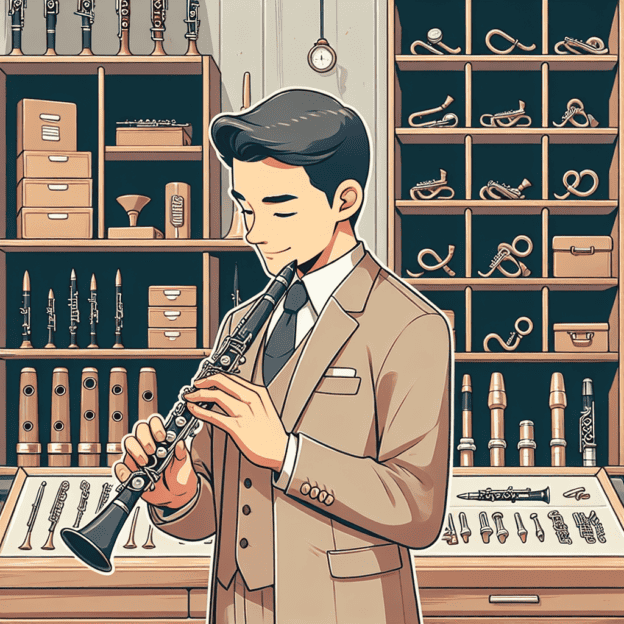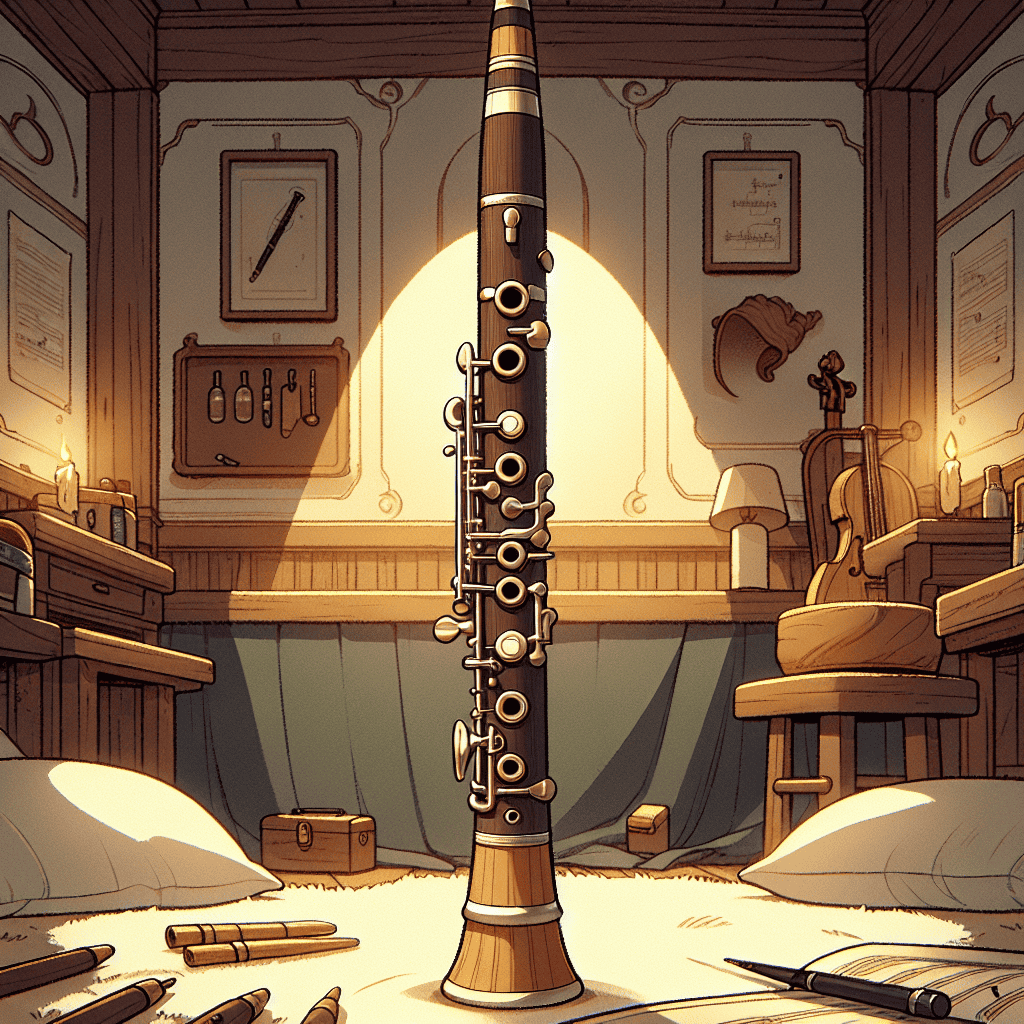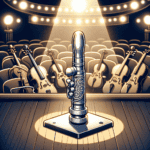Playing the clarinet requires attention to every detail. The ligature, a small but vital component, secures the reed to the mouthpiece and plays a significant role in shaping your tone and overall performance. This article explores various clarinet ligature styles, highlighting their unique features, materials, and impact on sound quality.
1. The Purpose of the Ligature
A ligature's main function is to hold the reed firmly against the mouthpiece, allowing for optimal vibration and sound production. The design, materials, and style of a ligature can influence how it performs this task. Selecting an appropriate ligature can enhance your control over sound and improve responsiveness, particularly in terms of dynamics and articulation.
2. Types of Ligature Styles
As you explore the world of ligatures, you'll find a variety of options, each with its own set of advantages and disadvantages. Let's examine some popular styles:
2.1 Metal Ligatures
Metal ligatures are widely used by clarinetists and offer several benefits:
- Material: Typically crafted from brass or nickel-plated metals.
- Sound Characteristics: Known for producing a bright, resonant tone.
- Pros: Highly durable and reliable, providing a firm and consistent grip on the reed.
- Cons: Some musicians find them less flexible, which may affect reed response.
Popular metal ligatures include the Rovner Dark and BG France Metal Ligatures.
| Ligature Type | Material | Sound Characteristics | Durability |
|---|---|---|---|
| Metal | Brass or Nickel-plated metals | Bright, resonant | High |
| Fabric | Various fabrics or synthetic materials | Warm, mellow | Medium |
| Adjustable | Mix of metal and fabric | Customizable | High |
| Plastic | Durable plastic composites | Direct | Medium |
2.2 Fabric Ligatures
Fabric ligatures are a more recent innovation, offering unique sound qualities:
- Material: Constructed from various fabrics or synthetic materials.
- Sound Characteristics: Often described as producing a warmer, mellower tone.
- Pros: The soft grip allows for greater flexibility, beneficial for subtle performance nuances.
- Cons: May not be as long-lasting as metal ligatures and can wear out more quickly.
The Fobes Nova is a highly regarded fabric ligature known for its quality and tonal characteristics.
2.3 Adjustable Ligatures
Adjustable ligatures give players the freedom to fine-tune their setup:
- Material: Often feature a combination of metal and fabric components.
- Sound Characteristics: The adjustable pressure allows for greater control over the produced sound.
- Pros: Versatile enough to accommodate various playing styles and preferences.
- Cons: Typically more expensive due to their added features and complexity.
The Marcus Bonna adjustable ligature is an example that allows for personalized tone and response adjustment.
2.4 Plastic Ligatures
Plastic ligatures offer a lightweight and budget-friendly option:
- Material: Made from durable plastic composites.
- Sound Characteristics: Often produce a direct sound that suits certain playing styles.
- Pros: Affordable and lightweight.
- Cons: May not offer the same level of sound quality and control as metal or fabric ligatures.
The Selmer Paris ligature is a popular choice among those seeking a more affordable alternative.
3. Key Features to Consider in Ligature Selection
Choosing the right ligature involves more than just style. Consider these important factors:
- Material: Different materials produce varying tonal qualities.
- Flexibility: Consider the level of rigidity or flexibility that suits your playing style.
- Adjustability: If you prefer to customize your sound, look for adjustable options.
- Grip: Make sure the ligature holds your reed securely to prevent slipping during performance.
4. Testing and Evaluation of Ligature Performance
After selecting a ligature, it's important to thoroughly test and evaluate its performance:
- Experiment with various dynamics, from soft passages to powerful phrases.
- Observe how the ligature interacts with different reeds and how it affects your sound and response.
- Pay attention to tonal differences and adjust your playing technique to maximize the ligature's potential.
5. Conclusion
The right clarinet ligature can significantly enhance your playing experience, helping you achieve your desired sound with greater ease. By understanding the various styles available – metal, fabric, plastic, and adjustable options – as well as considering factors like material and flexibility, players can make well-informed choices. Whether you're performing in a jazz ensemble, orchestra, or as a soloist, choosing the most suitable ligature is a crucial step in developing your unique sound.
Table of Contents
- 1. The Purpose of the Ligature
- 2. Types of Ligature Styles
- 3. Key Features to Consider in Ligature Selection
- 4. Testing and Evaluation of Ligature Performance
- 5. Conclusion








